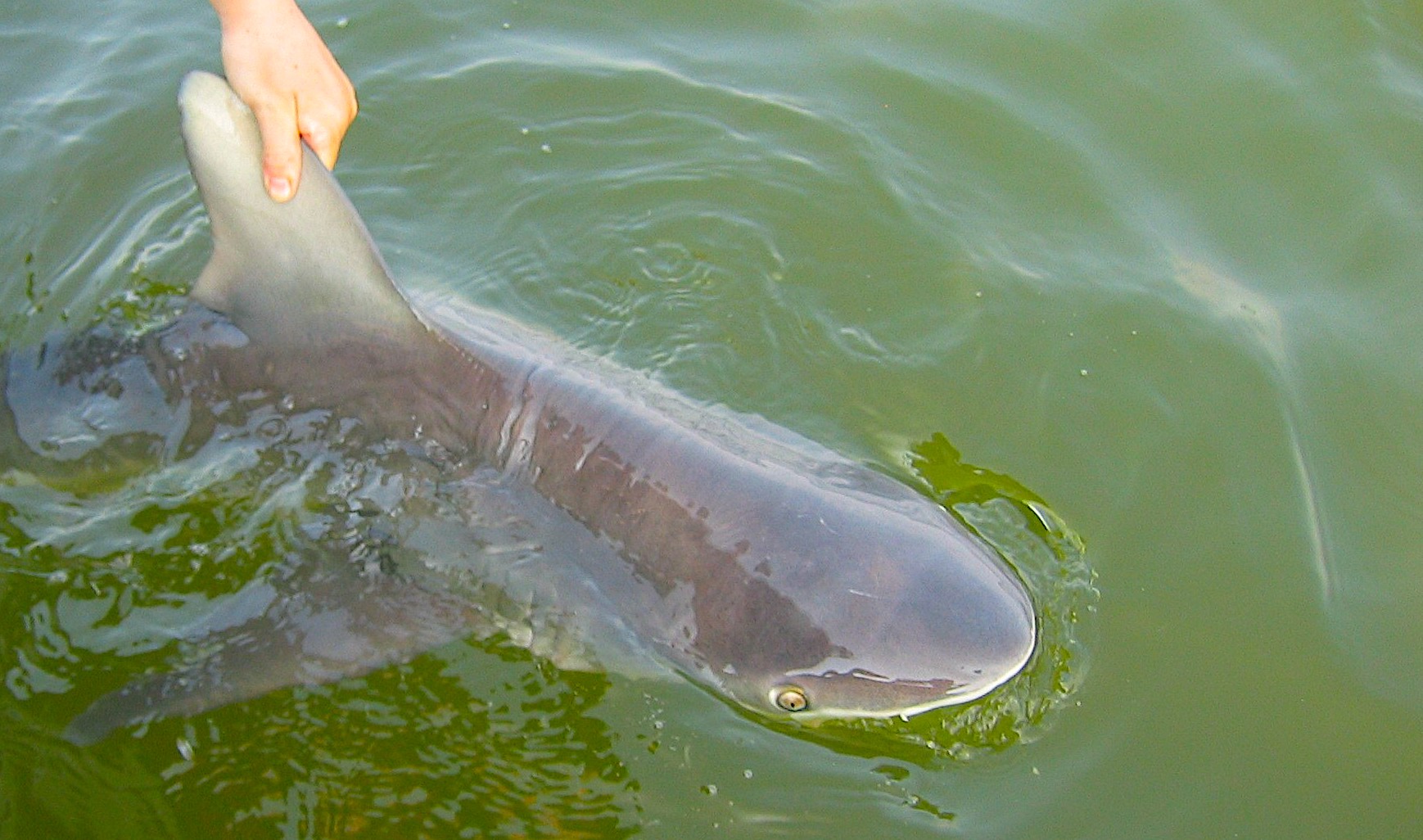What Can Anglers Do to Improve Shark Fisheries Management?

New research shows that citizen scientists can collect data and identify sharks with little error.
Beginning June 22, anglers going after sharks in North Carolina coastal waters will have to use circle hooks when using natural bait. The circle hook requirement is designed to minimize harm to sharks that are released after being caught. A federal circle hook requirement already exists for ocean waters 3 miles to 200 miles from shore.
Not only is it important to minimize injury to catch-and-release sharks, but a major management concern is the ability of anglers to identify shark species, which could prove to be a vast source of useful information.
But do anglers know what they’re catching?
Research Need
Involving citizen scientists allows for an increased research effort at a low cost, as well as for meaningful public engagement. However, there also is the potential for less rigorous data collection. As a result, use of this type of information in management has been slow to take off.
If research could demonstrate that citizen scientists can identify sharks at relatively low rates of error, then future assessments of shark populations could benefit from long-term datasets with a wider geographic scope.
What did they study?
Researchers aimed to validate the value of citizen scientist data for shark fisheries along the Texas Coast. Tournament anglers in the Texas Shark Rodeo — an annual, land-based surf fishing tournament (no fishing from boats or piers allowed) — tag and submit photographs of their catch before release. This provided the opportunity to evaluate the accuracy of 5,418 shark species identifications from participants by reviewing photographs and corresponding data from 2014 to 2018.
What did they find?
Anglers correctly identified 97.2% of all shark catches they submitted during the Texas Shark Rodeo. Participants most frequently captured blacktip sharks, followed by bull sharks and then sandbar sharks.
Anglers had higher identification errors for certain species that are more difficult to distinguish. For example, anglers often confused spinner sharks with blacktip sharks.
Generally, species identification became more accurate as size increased, and anglers were 100% accurate for sharks measuring over 88.6 inches in stretch total length. This likely resulted from difficulties in identifying shark pups and early juveniles by species.
So what?
This study indicates that fishing tournaments represent an ideal scenario for citizen science initiatives. As more tournaments like the Texas Shark Rodeo shift to conservation-oriented, catch-and-release practices, they provide more opportunities to collect data on a large scale for extended periods of time, and, particularly for sharks, to tag large numbers at a much lower costs than with other forms of scientific study.
Reading
Gibson, K.J., Streich, M.K., Topping, T.S., and G.W. Stunz. 2019. “Utility of citizen science data: A case study in land-based shark fishing.” PLOS ONE 14(12): e0226782. https://doi.org/10.1371/journal.pone.0226782
DMF’s circle-hook regulations and other requirements for recreational shark fishing
Summary compiled by Sara Mirabilio
Lead photo: Juvenile sandbar shark is released (NOAA).
The text from Hook, Line & Science is available to reprint and republish, but only in its entirety and with this attribution: Hook, Line & Science, courtesy of Scott Baker and Sara Mirabilio, North Carolina Sea Grant. HookLineScience.com



